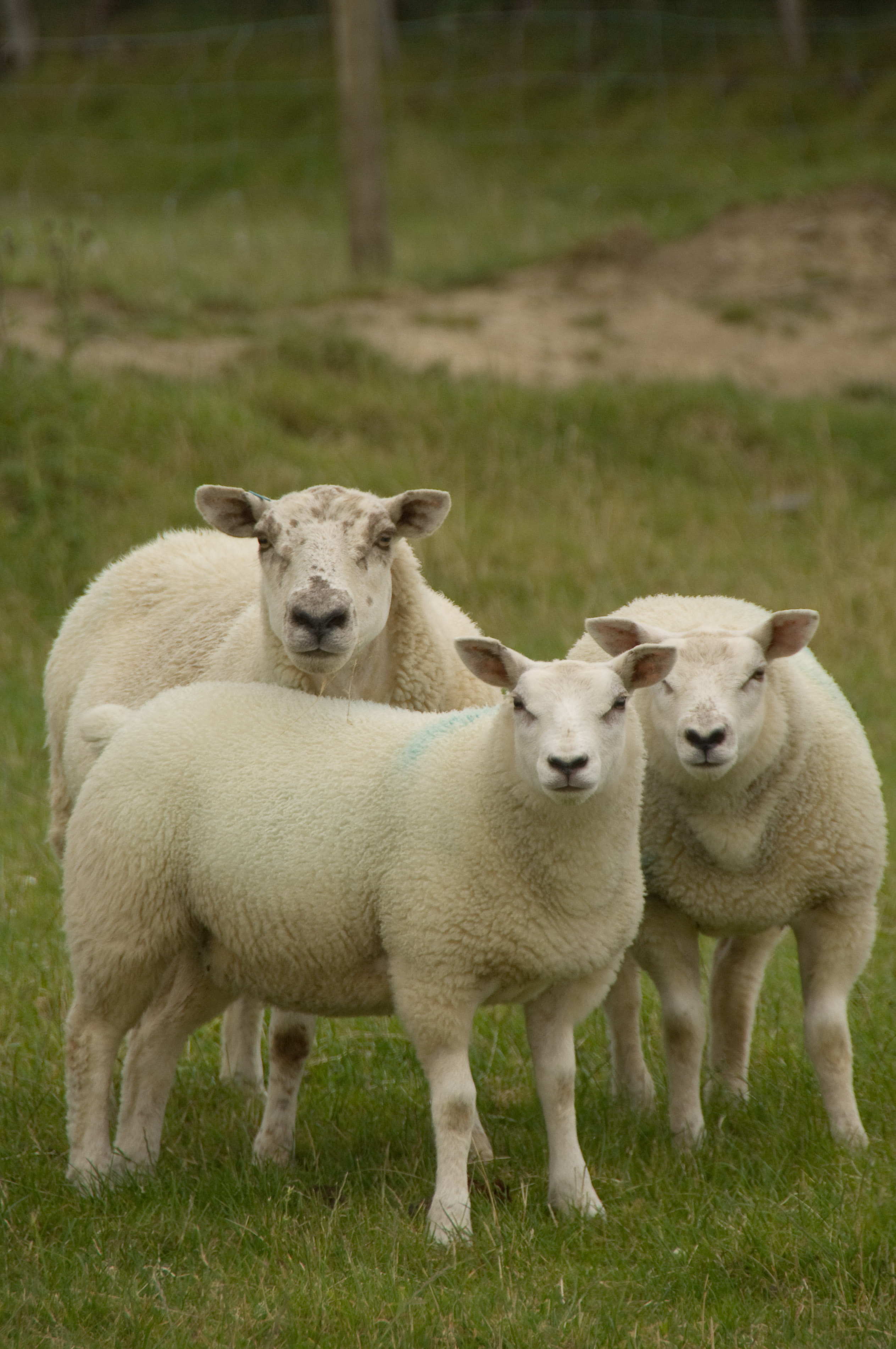Tel: +44 (0)1652 688046 | E: [email protected]
Managing Trace Element Status of Your Weaning Lambs

During the transition from milk to grass your lambs are increasingly on their own nutritionally. They are now picking up their trace elements only from pasture and whilst they may receive adequate energy and protein, growth rates can be reduced if the daily requirements for trace elements are not met.
“How many times have I heard a farmer tell me that growth rates have stopped at weaning – often followed by a phrase like “it’s just a poor season” and a shrug of the shoulders” – says Pat Grace, Agrimin’s Sales Manager.
The phrase does encompass some of the difficulties when trying to manage Trace Element status – it varies.
Most of us are aware that land conditions will affect trace element contents in the pasture - plains and lowlands generally being better than moorlands and uplands. Some plants and grasses are better than others in terms of trace element content, and weather conditions will impact grass growth rates and their trace element content. Some common feed regimes can also create trace element problems – rape, roots and other brassicas can inhibit iodine absorption and cereal supplements are generally lower in trace elements.
So, it can be a complicated picture, changing from year to year.
Severe trace element shortfalls will show themselves in some clinical conditions. Selenium deficiency can present as white muscle disease; Cobalt deficiency can show as “Pine” – both damaging conditions for the animal though fortunately not that common.
In most cases though it is the sub-clinical effects that are most impactful on the majority of the flock.
“Cobalt is essential for lamb growth”, says Animal Scientist Annie Williams of Agrimin. “It forms part of Vitamin B12. Even when it is at slightly low levels it can cause poor growth rates. Often, that is only picked up by producers who keep good records of weight gains”.
“Selenium shortfalls can impact the immune system, with all the knock-on effects that can bring in terms of the lambs’ ability to ward off other diseases and parasites”.
With a varying picture of trace element status, it’s always a good idea to regularly test pasture and blood levels to build a trace element supplementation plan into your routine healthcare management.
The options for managing trace element status are many and varied – they all come with their own advantages and disadvantages. They range from in-feed additives, buckets and licks, drenches, injections, and boluses. It is a balance between consistency of supply and how long the intervention will last – and of course cost.
“As a rule of thumb, says Pat Grace, “if you’ve identified a trace element shortfall through blood tests, forage analysis or from your productive records, then you will want a secure way of managing long-term consistency and status, and boluses are the best and most cost-efficient way of achieving that”.
On farm productivity tests carried out across the whole country – from Alnwick to Liskeard – show the benefits of bolusing lambs. Pat Grace says, “We carry out quite a few on-farm tests where we measure the impact of our lamb bolus on a control group of lambs, compared to a non-bolused group. We measure blood levels at start and finish, but in the end the producer is more interested in the actual benefits measured as daily live weight gain. Trials show bolused control groups improving significantly compared to non-bolused groups. Lambs are finished either earlier than the non-bolused group, or at a higher weight. The price gains at market significantly exceed bolus cost.
© Agrimin Ltd. Privacy Policy | Translation Disclaimer. Designed by www.edgeinteractive.org.uk




